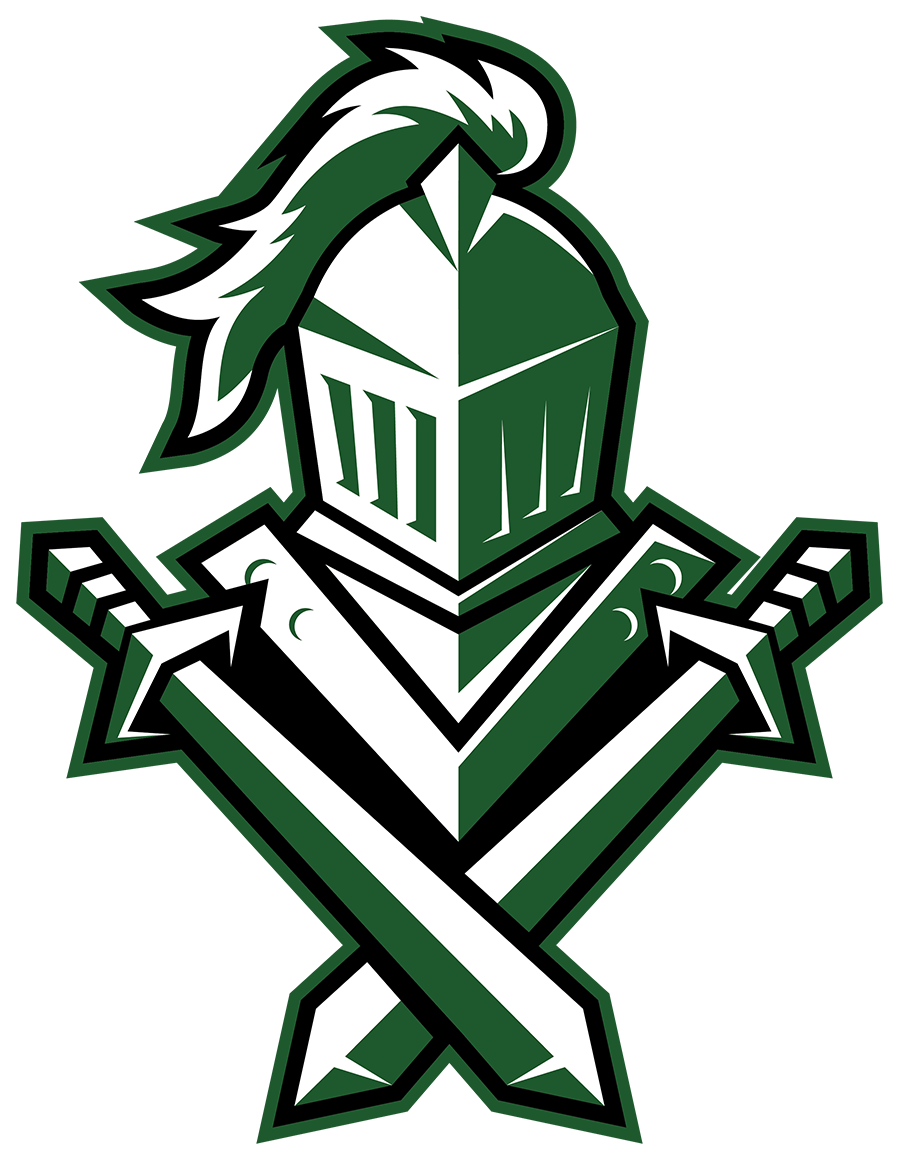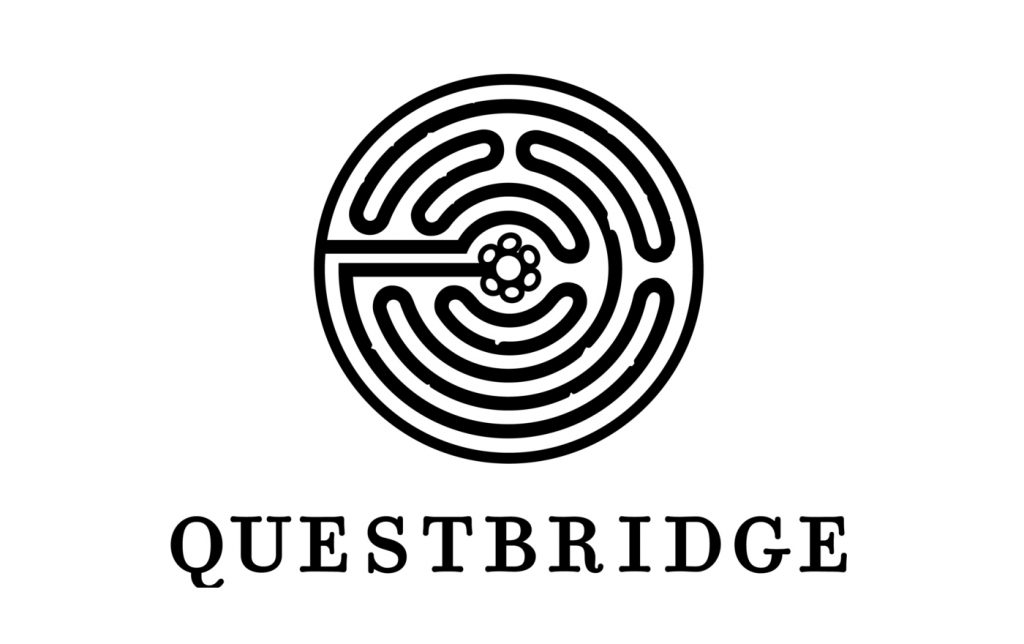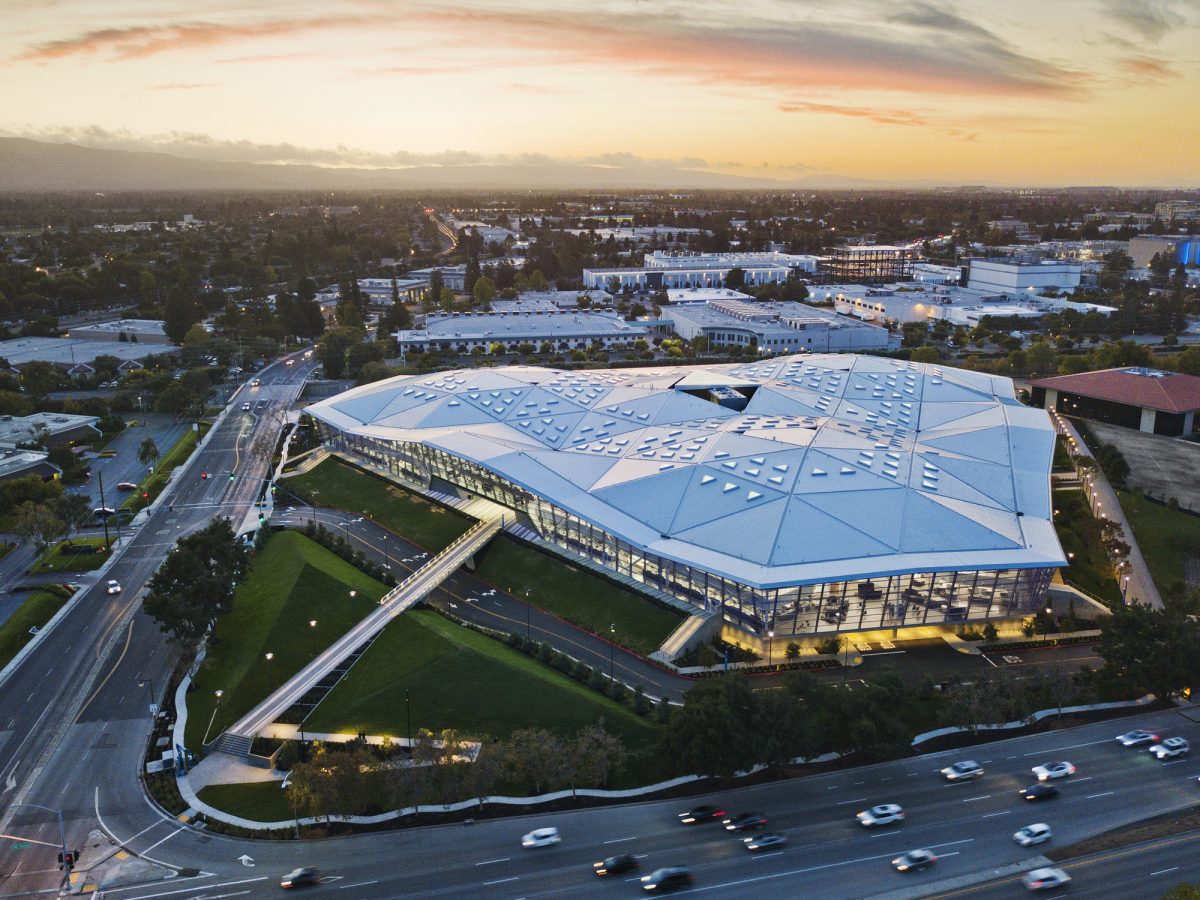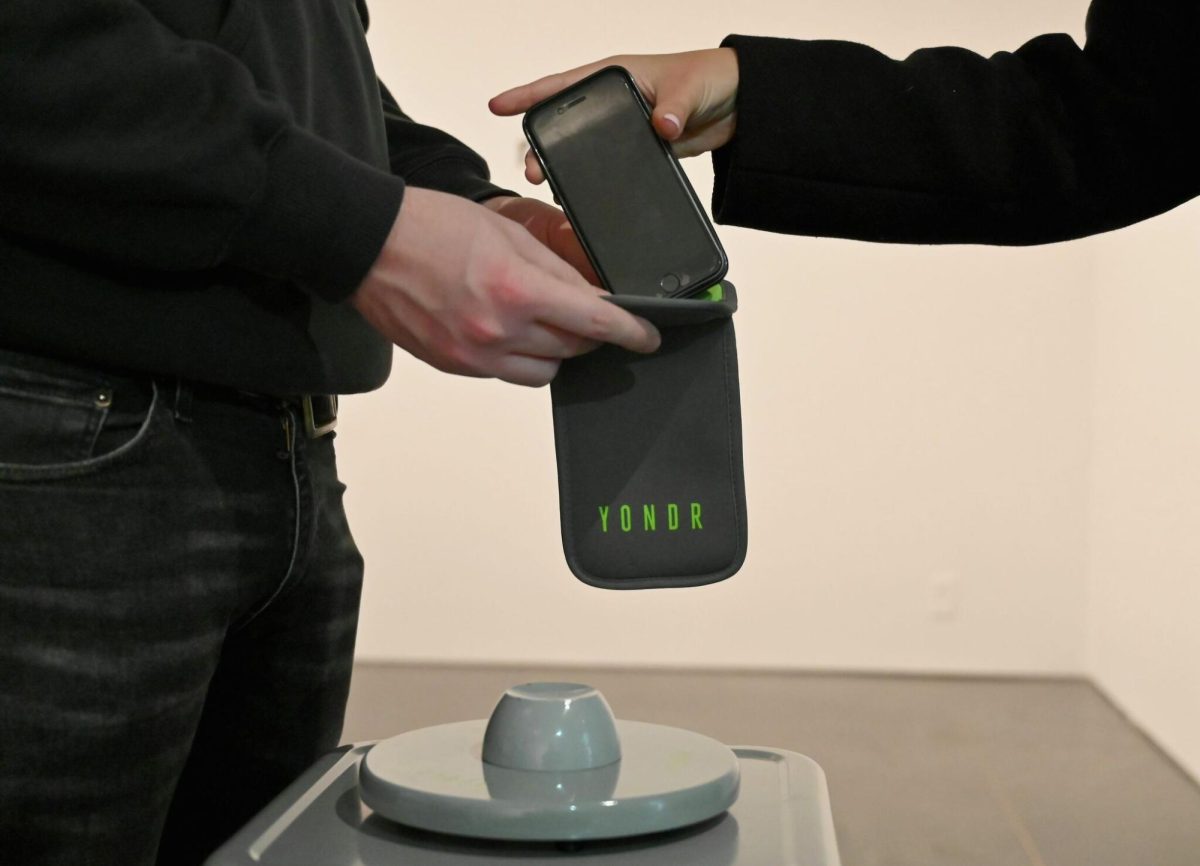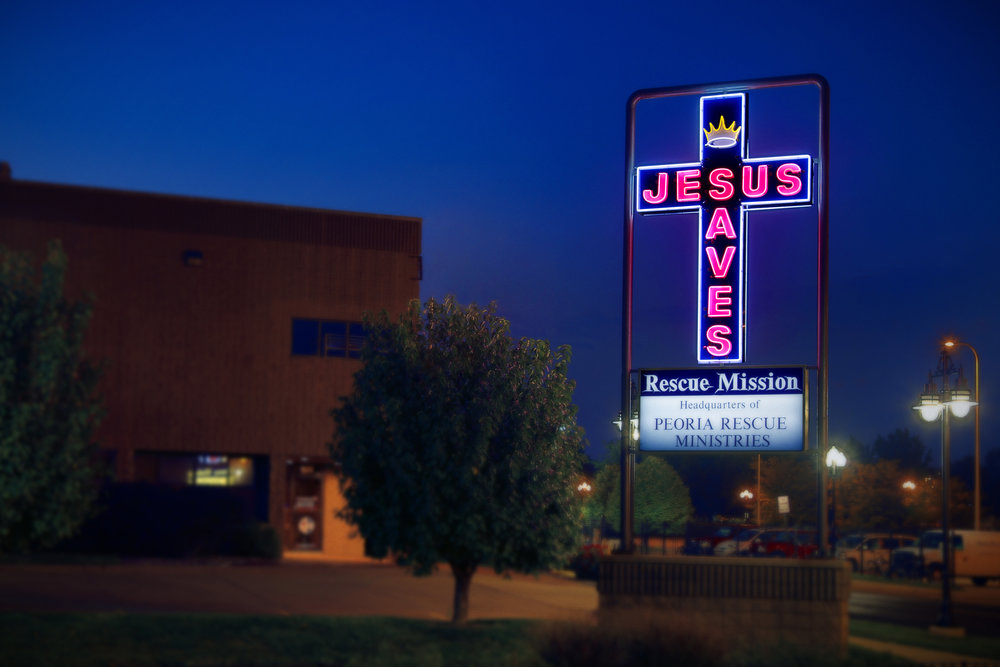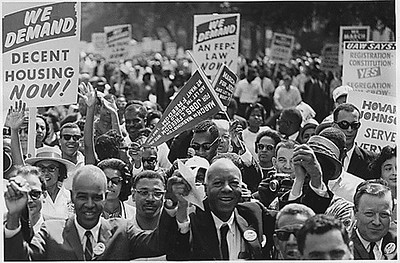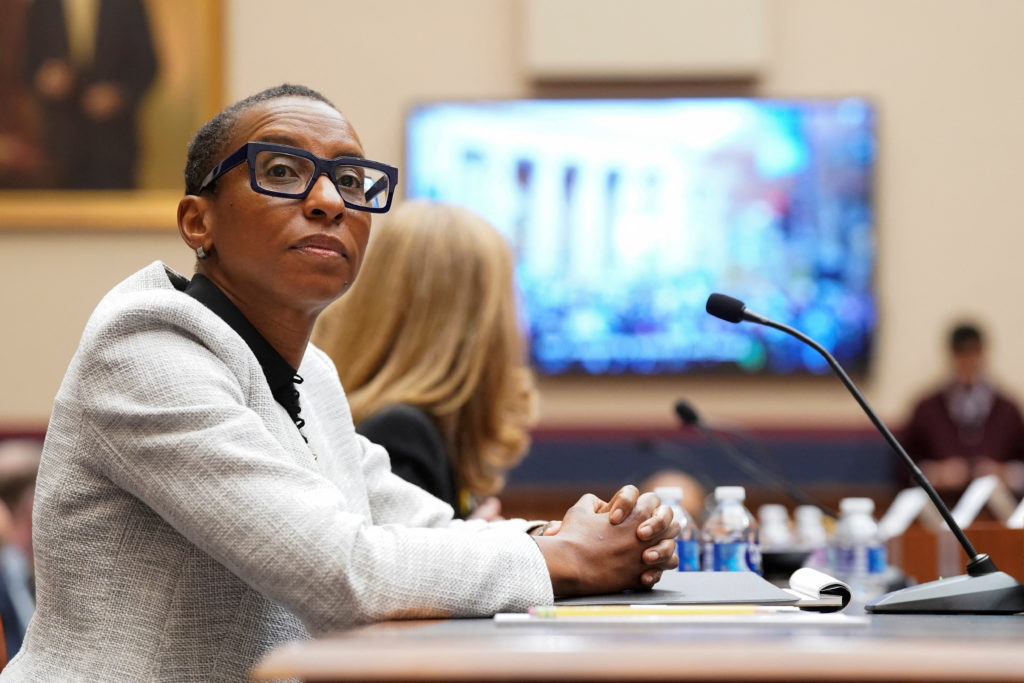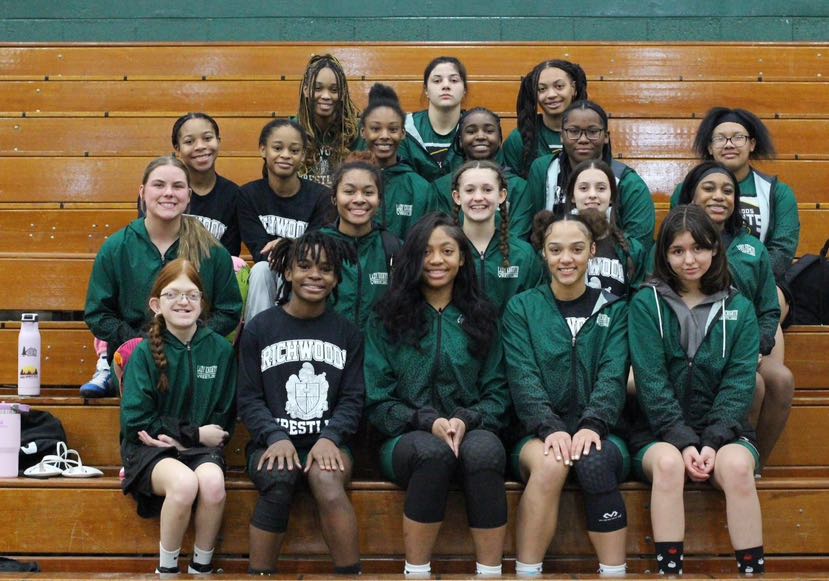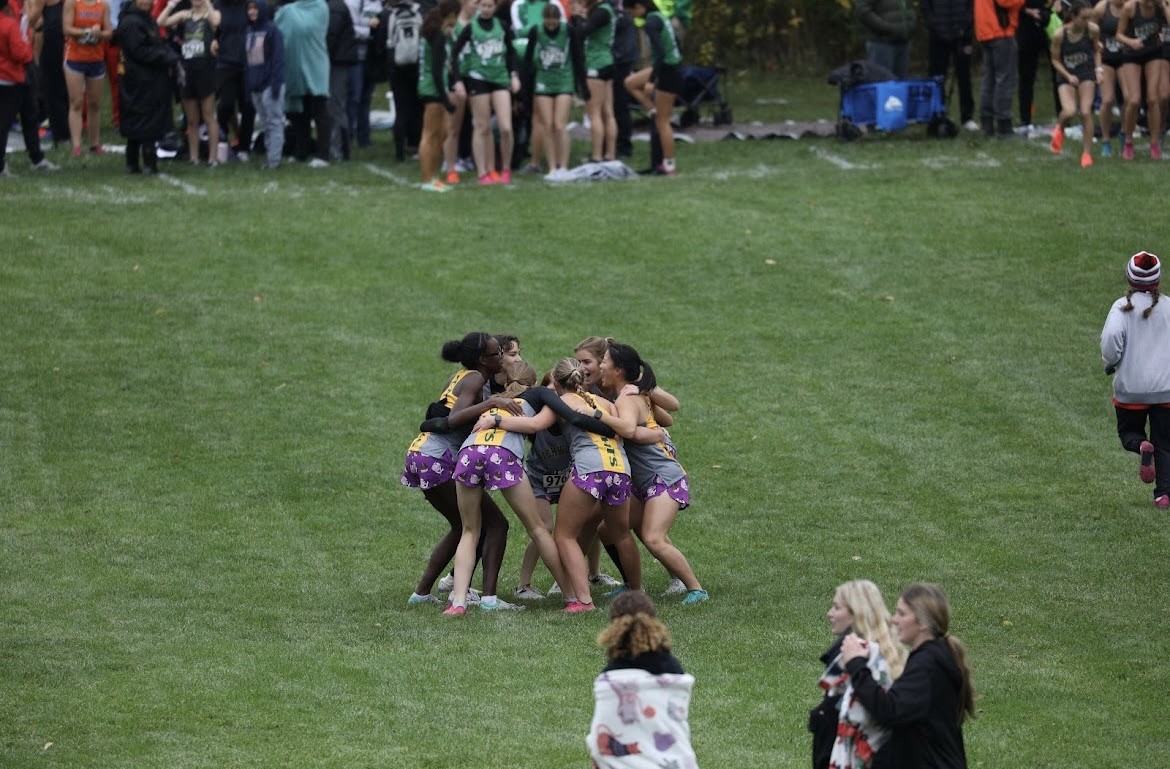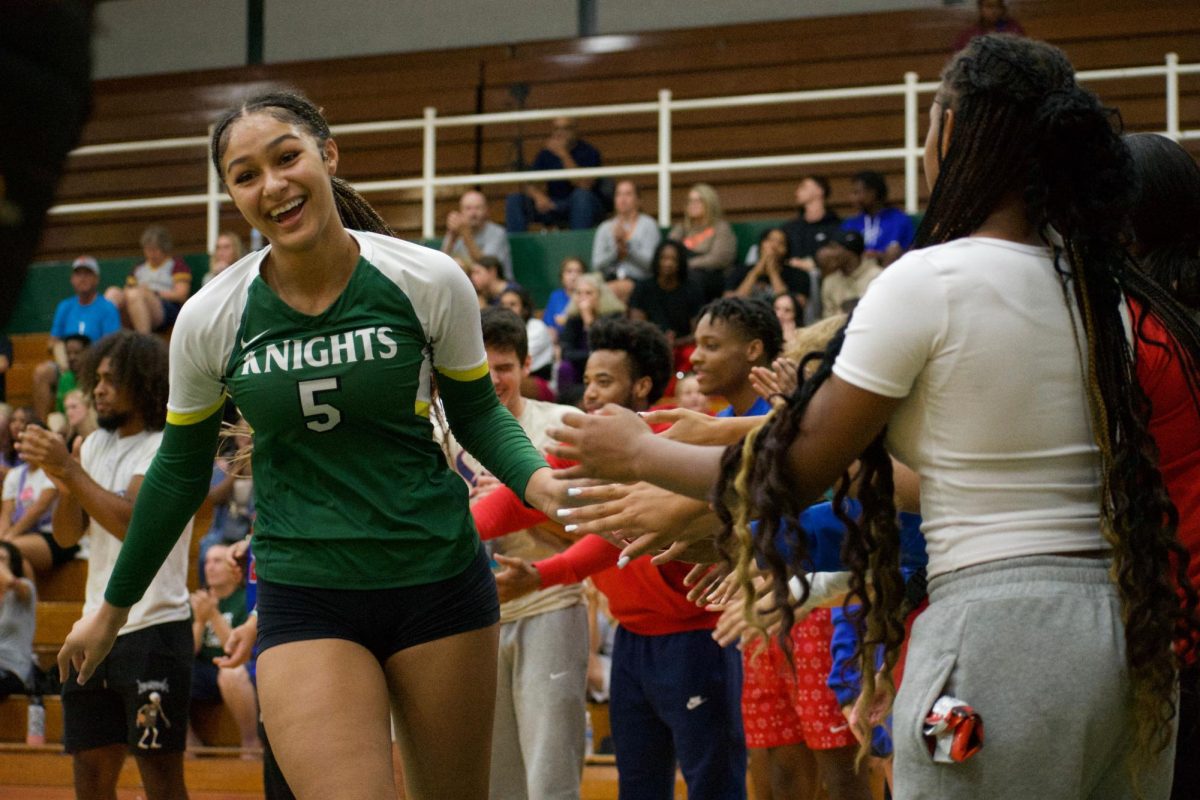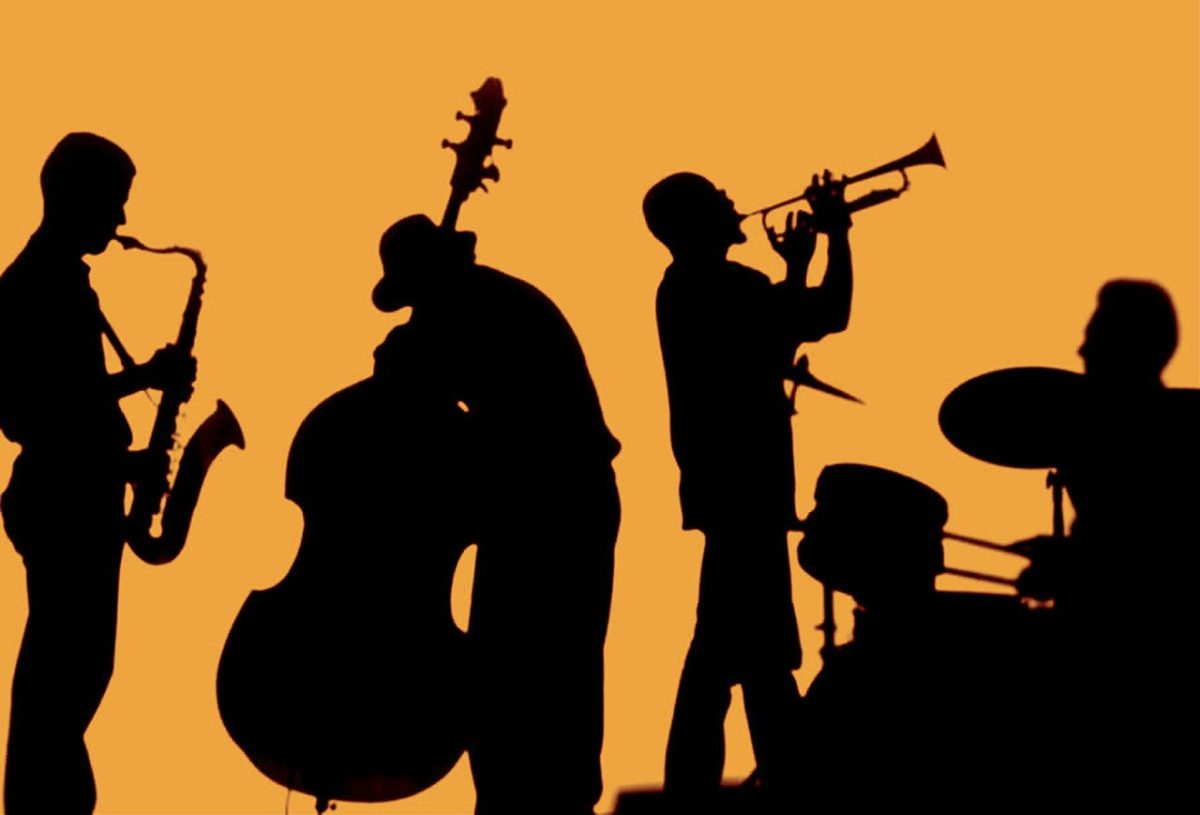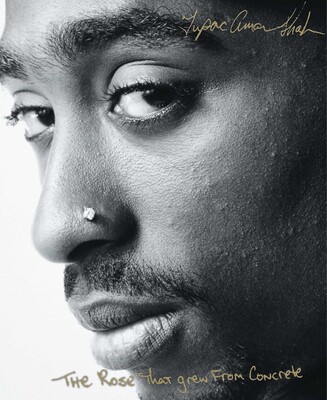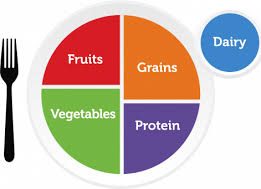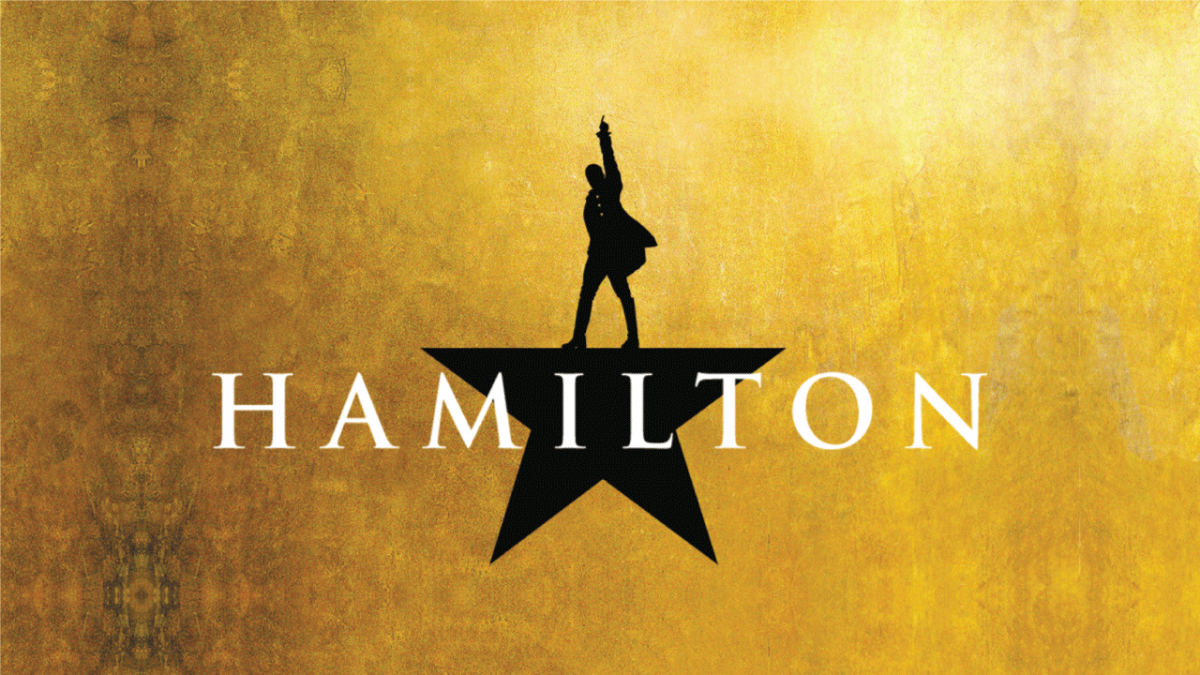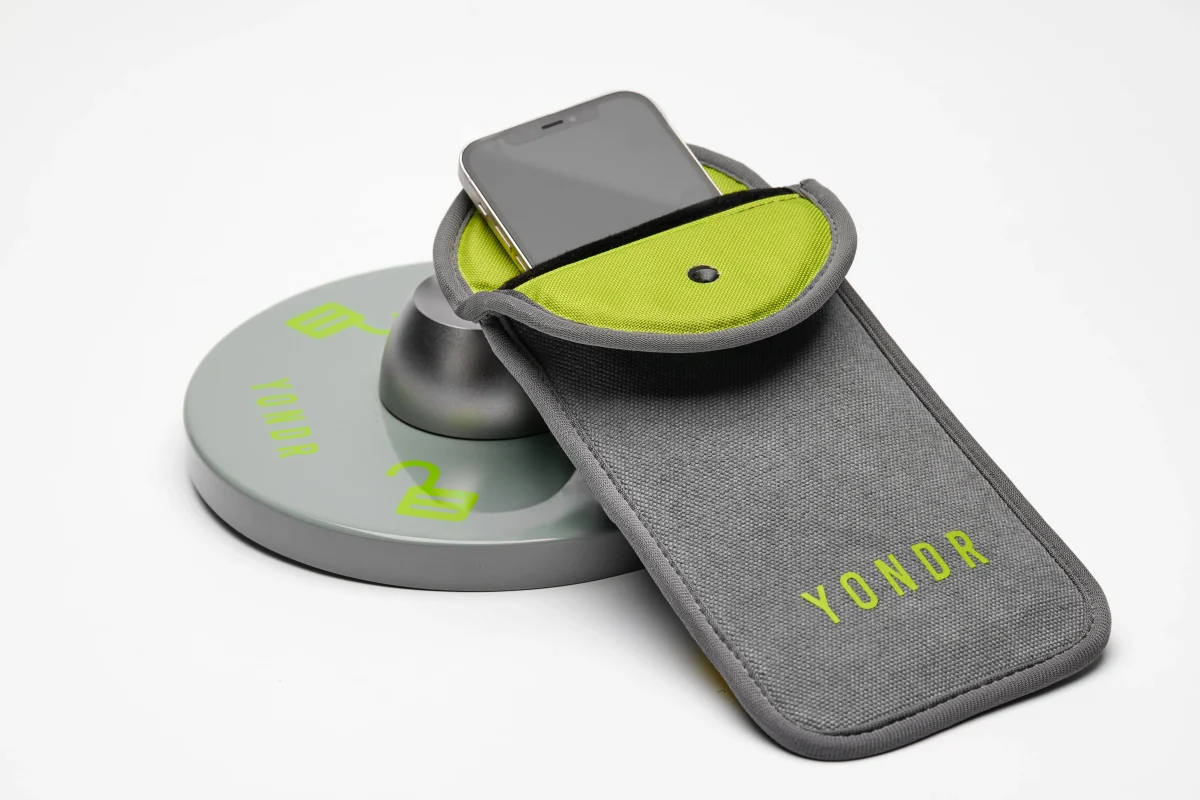NCAA’s NIL
The NCAA’s permitting the Name, Image, and Likeness (NIL) policy has revolutionized college athletics. Previously, athletes’ only form of monetization was through athletic scholarships. But on June 30, 2021, the NCAA approved for NCAA D1, D2, and D3 student-athletes to be compensated monetarily from brands utilizing their image. NIL is implemented in many forms, including local advertisements, sponsorships, brand endorsements, etc. Sponsorship deals are now available to 460,000 NCAA student-athletes. In the first year NIL deals were allowed, college athletes were estimated to have made over 500 million dollars. Throughout America, athletes and million-dollar corporations have adapted.
With this change, collegiate prospects are now evaluated on another scale-NIL Valuation. Several factors determine this, including the player’s success in their sport, popularity and recognition, and the number of followers on social media. For example, Arch Manning, a football powerhouse Manning family member, had a 3.5-million-dollar valuation upon entering the University of Texas-Austin’s football team. This scale is just one more thing collegiate athletes are ranked on.
This NIL ruling was up for contention for a long time and caused much controversy. Some argued that collegiate-level sports should not be monetized. Monetary rewards may serve as a distraction. In addition, university administrations have little involvement with athletes and their NILs, which could distract student-athletes who already have so much going on. Another potential issue with the NIL is its possible impact on athletes’ eligibility. Student athlete Shiloh McCool stated, “One negative effect that could come from NIL deals is if students do not meet with their compliance officers first and make sure the deal they are making is legit, it could mess with their eligibility for their sport.” He also stated, “Student athletes are already typically busy between classes, practices, games, etc. Adding more work on their plate by making NIL deals could affect their school or sport if they do not manage their time and energy well.” This statement showcases the possible shortcomings of the NIL ruling related to time management and eligibility.
On the flip side, many support this new NIL ruling. Athletes are finally being compensated for their hard work instead of universities solely monetizing off their student athletes’ names. Local Richwood’s teacher, Michael Urbanc, exclaimed, “The ability for college athletes to benefit from their name, image, and likeness has been long overdue.” Likewise, Scott Frost, Nebraska’s head football coach, stated, “I am a fan of it because the players deserve it, and I think Nebraska football players are in a position to thrive under the new NIL rules.” As a result, athletes can build their brand and prepare to advance in their careers, leading to professional sports. In addition, NIL sponsorships allow student-athletes to gain exposure, which can cause increased recruitment at the next level.
In my opinion, implementing the NIL ruling will have a positive impact on colleges and their athletes. Players, coaches, and university staff must be educated about NIL and its effects to succeed. With lots of potential money available, the NIL positively impacts student-athletes in the early stages. The world, from universities and athletes to Fortune 500 companies, will continue to be tremendously affected by the NIL.
